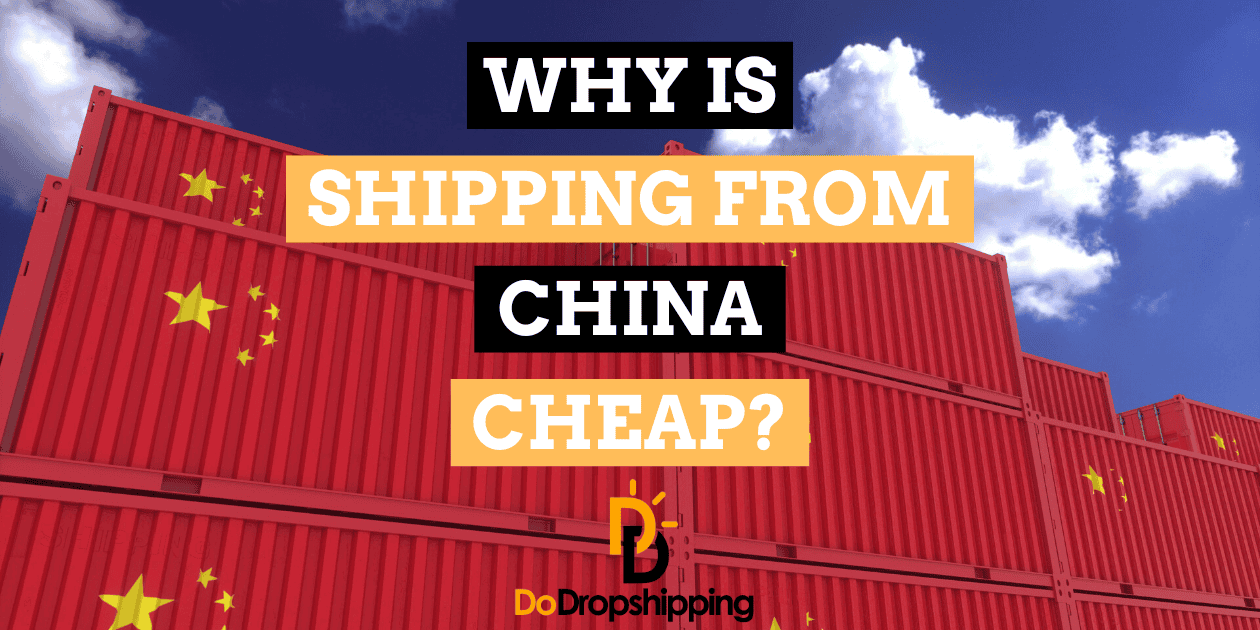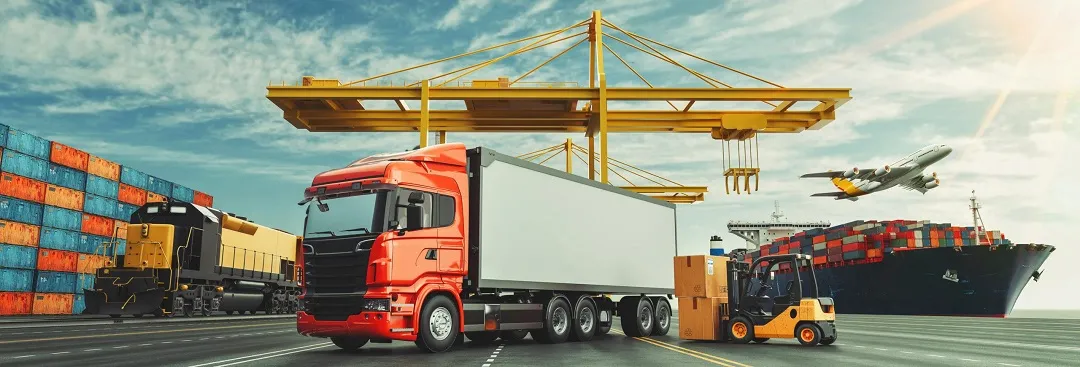How Long Does USPS Tracking Take to Update
One of the most frustrating parts of online shopping or shipping is waiting for USPS tracking updates. Sometimes your tracking number works instantly, while other times, it seems stuck for days. If you’ve been wondering “why has my package not moved USPS?” or dealing with “USPS no update for 5 days”, this guide will walk you through the timelines, reasons, and quick fixes.
Understanding USPS Tracking Updates
USPS scans packages at different points along the delivery journey. Each scan updates the tracking system, but not every facility logs scans in real time.
What USPS tracking actually shows
The system reflects when your package is accepted, processed, in transit, out for delivery, and delivered.
How often USPS scans packages
Most packages are scanned 2–5 times during shipping. However, missed scans are common.
Typical Timeframes for USPS Tracking Updates
- Same-day updates – If your package is scanned at the post office, you’ll usually see tracking activity right away.
- 24–48 hours delay in updates – Some packages aren’t scanned until they reach the next facility.
- When tracking may take longer – International shipments, holidays, or severe weather can delay updates for days.
Common Problems: USPS Tracking Not Updating
USPS hasn’t updated in 3 days
This usually means your package is moving between facilities but hasn’t been scanned.
USPS no update for 5 days
Check if there are regional delivery delays this week. Sometimes, packages sit in transit longer than expected.
USPS no update for 10 days
At this point, it’s worth filing a USPS Missing Mail request.
Why Has My Package Not Moved USPS?
Several factors can explain a stalled tracking update:
- Missed scans – Packages sometimes skip facility updates.
- Weather or natural disasters – Severe conditions halt transport.
- Staffing shortages and seasonal demand – During peak times, delays are common.
- Customs clearance for international shipments – Packages may be held at borders for inspection.
Quick Solutions When USPS Tracking Hasn’t Updated
- Double-check the tracking number – Typos are common.
- Use USPS alternative tracking tools – Try third-party apps like 17Track.
- Contact USPS customer service – Call 1-800-ASK-USPS or visit your local post office.
- File a USPS Missing Mail request – If your package hasn’t moved in 7–10 days, submit a claim.
How Many Days Until a USPS Package Is Considered Lost?
- Domestic packages – Considered lost if not delivered within 15 business days.
- International packages – Considered lost if no update for 30 business days.
- Escalation – File a Missing Mail claim to trigger an investigation.
Preventing Future USPS Tracking Delays
- Choose faster USPS services – Priority Mail Express offers more reliable tracking.
- Correct packaging and labeling – Ensure barcodes aren’t smudged or hidden.
- Use third-party logistics providers – Companies like GoNest Logistics provide better tracking visibility.
GoNest Logistics: A Smarter Shipping Alternative
If you’re tired of waiting for USPS updates, GoNest Logistics provides dependable global delivery services.
Reliable international shipping
Ship to multiple countries worldwide with guaranteed updates.
Transparent UK shipping rates
- By air: £8.70 + £3.56 per 0.5 kg additional weight
- By sea: £43.98 (up to 15 kg) + £3.26 per kg additional weight
Why GoNest is better for time-sensitive deliveries
With competitive pricing, faster delivery, and accurate tracking, GoNest reduces the stress of lost or delayed packages.
👉 Compare USPS and GoNest shipping services here
GET IN TOUCH
Let us Send You a Quote
FAQs About USPS Tracking Updates
1. Why has my package not moved USPS?
Your package may be moving but hasn’t been scanned at its latest facility.
2. How many days until a USPS package is considered lost?
15 days for domestic mail, 30 days for international shipments.
3. Can USPS tracking be wrong?
Yes, missed scans and system delays happen.
4. What if USPS says delivered but no package?
Check with neighbors, your property, and then file a Missing Mail claim.
5. How long should I wait before contacting USPS?
Wait at least 3–5 days before escalating.
6. Does USPS update on weekends and holidays?
Yes, but updates may appear slower during peak times.





